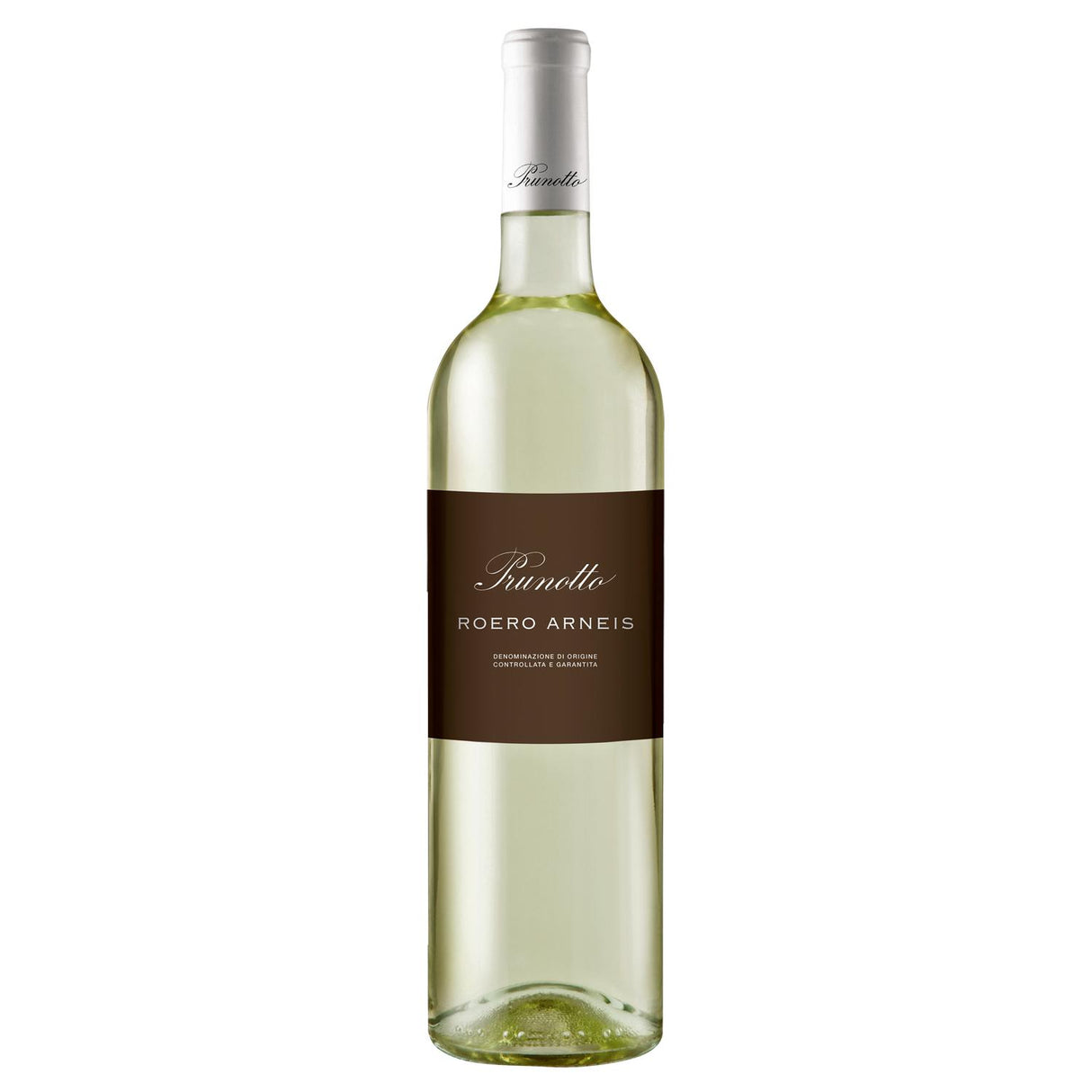Our location
We are located in the heart of Melbourne and stock a range of specialty wines.
We also have access to more than 5000 fine wines from around the world through our local supplier network. Sometimes a vintage changes, or our suppliers sell out of stock without us yet being able to push through a timely update on our website.
If you would like to confirm stock levels before placing your order, please contact us here. Alternatively, if products are unavailable you will be informed in a reasonable time and we will process a refund/replacement for you.
Prunotto Roero Arneis DOCG 2022
A 5% discount has already been
applied to this option.
Prunotto Roero Arneis DOCG 2022 - 1 Bottle is backordered and will ship as soon as it is back in stock.
Free Delivery Orders over $250*
Or $9.95 flat fee Australia wide.
Dispatched from our Melbourne store.
Couldn't load pickup availability
Vintage Vigilant
Vintage Vigilant
We aim to have all wines above $30 be vintage specific. In the case the listed vintage is out of stock and you note you would like that particular vintage, we will inform you via email for approval to go ahead.
Seen it Cheaper?
Seen it Cheaper?
We strive to offer the best prices on over 5000 wines. If you've seen this product cheaper elsewhere, please message our dedicated price match service line to see if we can do you a better deal.
Delivery Times
Delivery Times
To be able to supply such a unique & extensive range of boutique wines, we don't hold much of the inventory. So with us, there is the added step of receiving the wine from our local suppliers before it is dispatched to you. Most orders are dispatched within 3-6 working days.
Returns and Warranty
Returns and Warranty
Replacement or refund offered if bottles are faulty or damaged. All our deliveries are insured against loss, however you must notify us in a reasonable amount of time.
-
 Red Wine
Red Wine
-
 White Wine
White Wine
-
 Rosé Wine
Rosé Wine
-
 Champagne & Sparkling
Champagne & Sparkling
-
 Dessert, Sherry & Port
Dessert, Sherry & Port
 France
France Italy
Italy Spain
Spain Australia
Australia New-Zealand
New-Zealand Germany
Germany Austria
Austria Portugal
Portugal South-Africa
South-Africa Greece
Greece USA
USA
-
 Wine GiftA great wine gift.
Wine GiftA great wine gift. -
 Green WineA wine made using sustainable, organic and/or biodynamic practices in
the vineyard and the winery.
Green WineA wine made using sustainable, organic and/or biodynamic practices in
the vineyard and the winery. -
 CollectibleA wine that will improve and possibly increase in value with
careful cellaring.
CollectibleA wine that will improve and possibly increase in value with
careful cellaring. -
 BoutiqueA wine from a small, artisanal winery.
BoutiqueA wine from a small, artisanal winery. -
 Screw CapNo corkscrew required to open.
Screw CapNo corkscrew required to open. -
 Magnum1500ml bottle.
Magnum1500ml bottle.
- TWFThe Wine Front
- JHJames Halliday
- WWWorld Wine
- WSWine Spectator
- WEWine Enthusiast
- BHAllen Meadows
- JSJames Suckling
- DEDecanter
- JRJancis Robinson
- STStephen Tanzer
- AGAntonio Galloni/Vinous
- RPRobert Parker/Wine Advocate
- HHHuon Hooke
Roero Arneis is straw yellow in color with light greenish hues. Its nose is intense with floral and fruity notes. The palate is notable for its good structure sustained by pleasant freshness and a lengthy finish.
| Type | White Wine |
|---|---|
| Varietal(s) | Arneis |
| Country | Italy |
| Region | Piedmont |
| Brand | Prunotto |
| Vintage | 2022 |
Wines of Piedmont

In the North-Western corner of Italy, with a backdrop of the visually stunning Alps, Piedmont is a great place to visit for wine tourism. It is also home to some of the most sought-after wines in the country.
Nebbiolo is the region’s most prestigious grape variety, a red variety not seen much in Australia. Wines made from this grape are powerful with remarkably high levels of tannins but a balancing acidity. The Piedmont region offers the grapes with a reliable autumn fog that provides a cooling effect which is particularly beneficial to the growth of Nebbiolo. This pre-harvest fog (“nebbia” in Italian) is actually where the grape’s name comes from. The fog is vital in that it prolongs the time spent on the vine and allows the grapes to achieve full ripeness.
The most famous examples of Nebbiolo come from the appellations (subregions) of Barolo and Barbaresco, known for their ability to age well, firm tannins and distinct smell of tar and roses. Barolo is a big tannic expression of Nebbiolo, while Barbaresco only about 15km away makes a more elegant style. Barolo wines are generally the more expensive of the two and are known to cellar for decades.
By volume however, Barbera is the most planted red grape in Piedmont. This grape makes a juicy, low tannin but high acidity easy-going red. Perhaps somewhat like a lighter style Shiraz.
While there are quite a few white varieties planted in the region, the most notable is Moscato d’Asti, made in a sparkling style in the Asti subregion.




